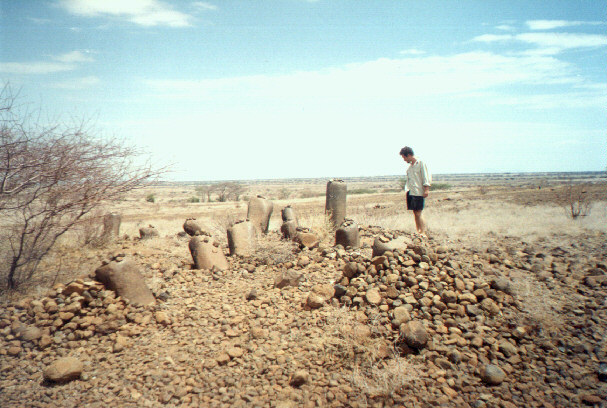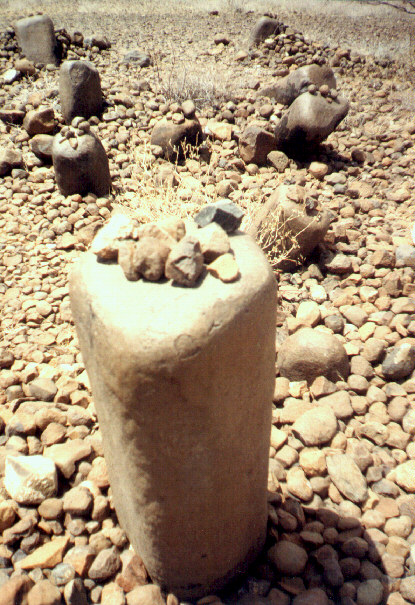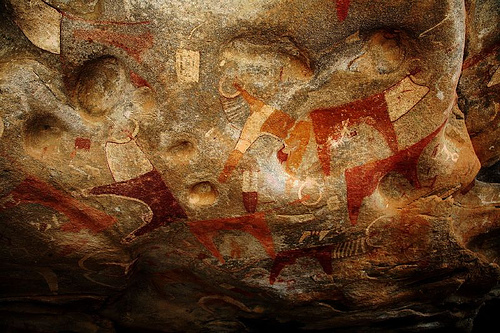James Dahl wrote:Well not related to the current discussion but here is an interesting bit of history, there is a Waaqafeena calendar still used by the Borana today.
https://en.wikipedia.org/wiki/Borana_calendar
One element that has been recently discovered by a man named Laurance R. Doyle is that the standing stone circles in Northeastern Kenya at a place called called Namoratunga, correspond almost precisely with the Waaqafeena Calendar of the Borana.
https://en.wikipedia.org/wiki/Namoratunga
http://web.archive.org/web/200810290732 ... 0Text%20T1
This is especially interesting because today the area is inhabited by Luo people, the Turkana, but in ancient times this area was inhabited by what linguists refer to as "Cushitic" people, the distant ancestors of Orma, Samaale or Iraqw perhaps. There was extensive archaeological work done there.
http://in-africa.org/wp-content/uploads ... atunga.pdf
What he is probably not aware of is that there are standing stone circles all throughout Somalia as well, and especially in the north that look just like that. Here are photos of the Namoratunga 'calendar'
Now that looks rather familiar doesn't it, there are hundreds of these in Somalia.
Here is a youtube video about this topic:
Since our star is drifting through the universe in orbit around our galaxy and influenced by the gravity of other stars, stars move in the night sky over the centuries, and one of the months no longer exactly lines up with the Namoratunga 'calendar', which led Laurance R. Doyle to conclude the Namoratunga 'calendar' must have been built around 300 BC, when all the stars WOULD have lined up with the stones.
I've seen similar stone formations in south eastern Togdheer, outside a small rural town called Taalobuur, wether those formations are ancient or not is another question. The locals (among them some of my relatives) say its ancient graves.









